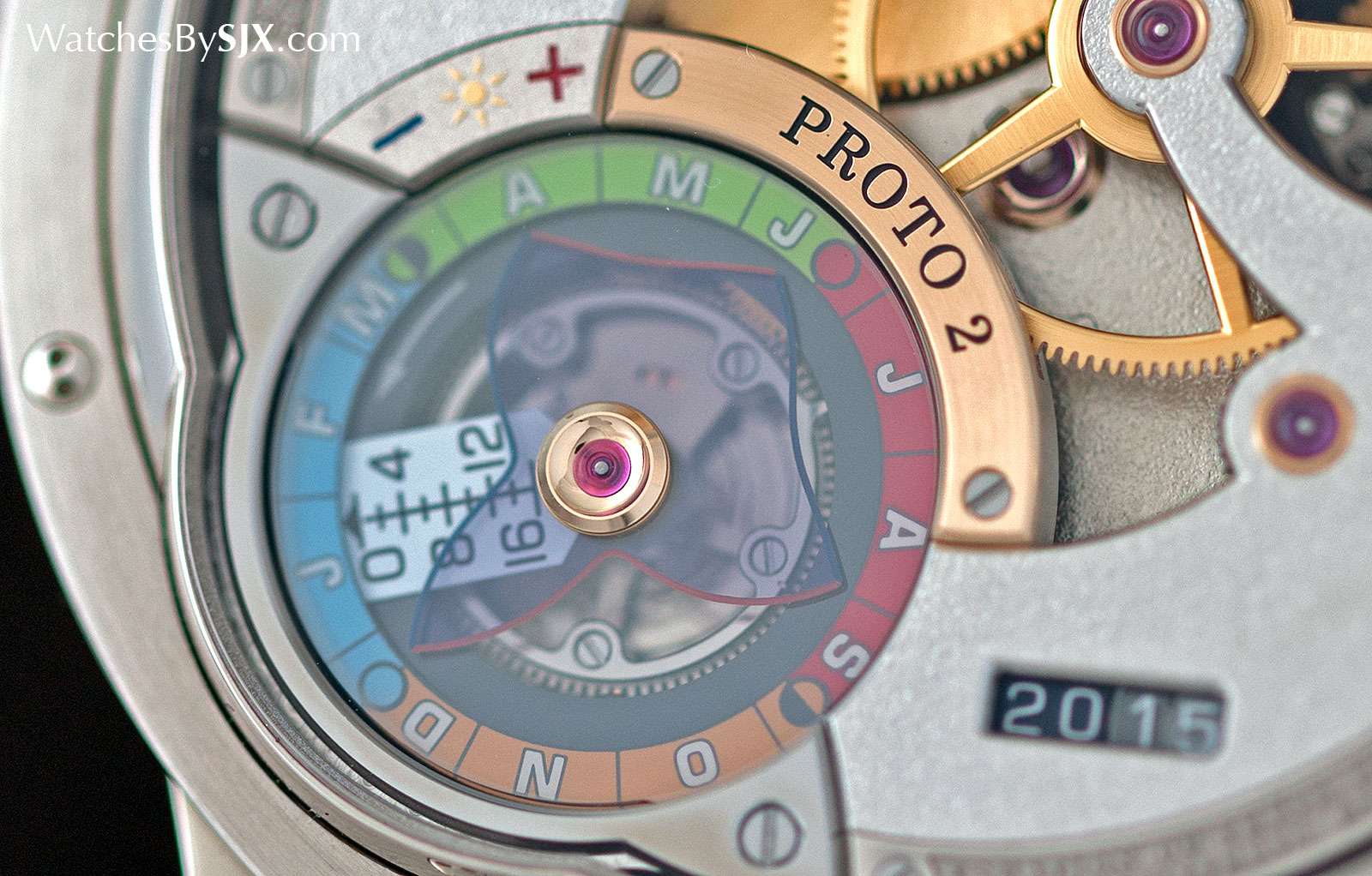2016 Gets One Extra Second at Year’s End
A leap second will be added to the last minute of the year to keep up with mean solar time.
Mean solar time is the hour angle of the mean Sun plus 12 hours, a time standard based on the Earth’s rotation around the Sun, which is not always constant. The time shown on ordinary watches, standard time, is Coordinated Universal Time (UTC). And UTC is based on International Atomic Time (TAI).
TAI is the weighted average of the time according to over 400 atomic clocks in national laboratories world wide. Most of these atomic clocks are caesium clocks that keep time according to radiation produced by electrons inside a caesium atom. Because the frequency of this radiation is minuscule and exact, caesium clocks will be off by a second only after tens or hundreds of millions of years.
The Earth’s rotation is less regular, so UTC diverges from mean solar time. Consequently, leap seconds are added every so often to keep the two time standards to within 0.9 seconds of each other. The body responsible for monitoring global time standards, the International Earth Rotation and Reference Systems Service (IERS), keeps an eye on this and has decided that on December 31, 2016 at 11:59:59pm (or more properly 23:59:59 hours), one second will be added to UTC.
That means the leap year will begin a second later, though the extra time is irrelevant to mechanical watches which typically lose or gain a few seconds a day. The equation of time function on mechanical watches (pictured above on the Greubel Forsey perpetual calendar) is a related but separate concept, since it is the difference between mean solar time and apparent solar time.
Leap seconds are always added in June or December – the last leap second was added in June 2015.
Here’s the official IERS leap second announcement.
Back to top.








